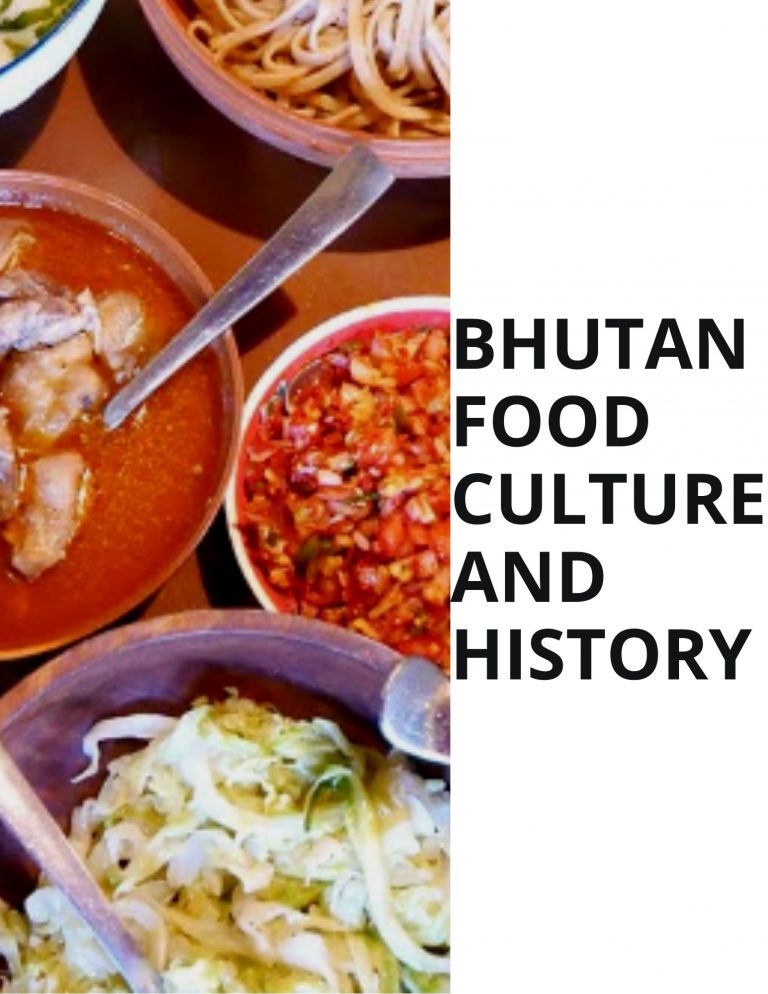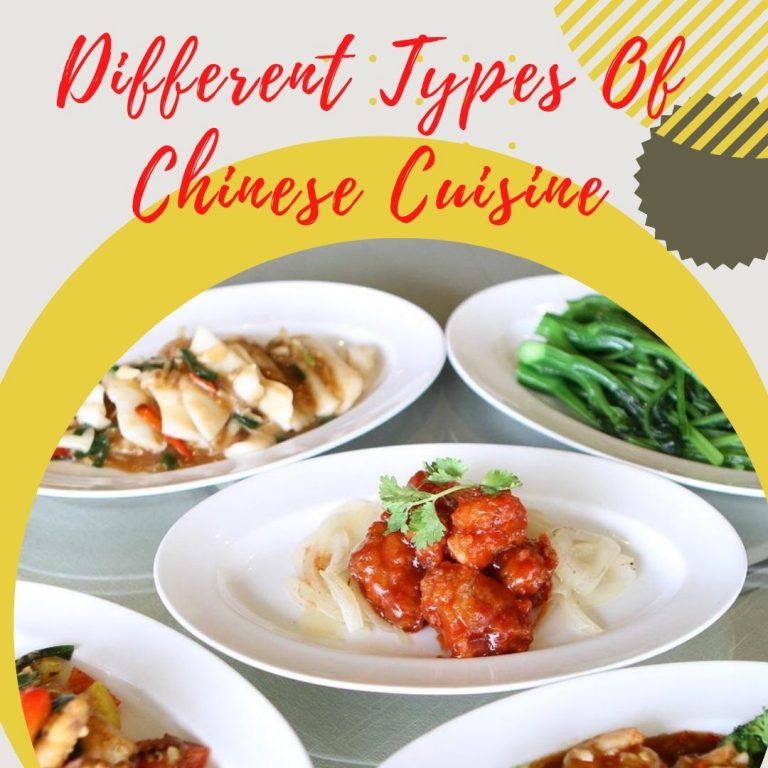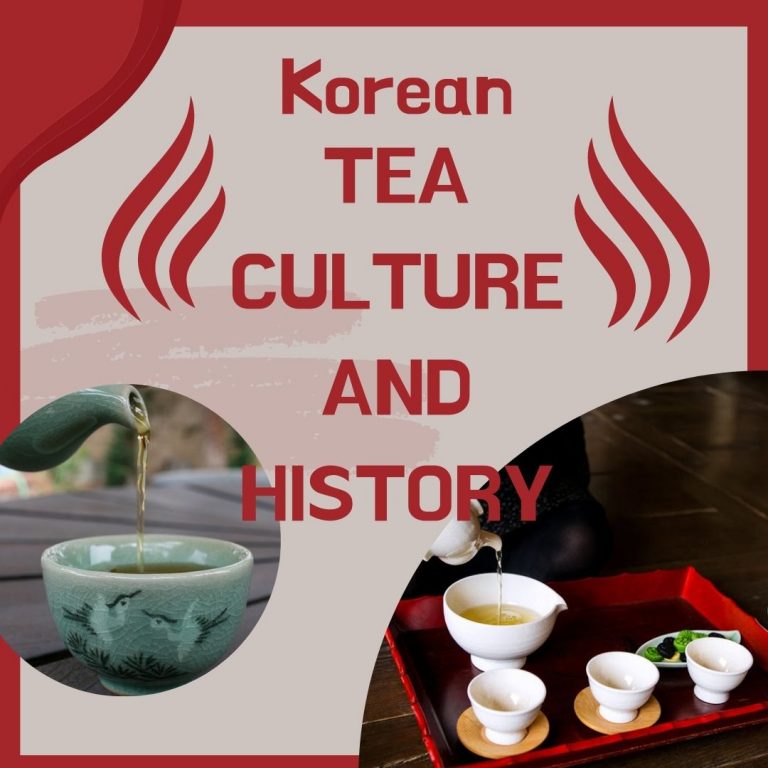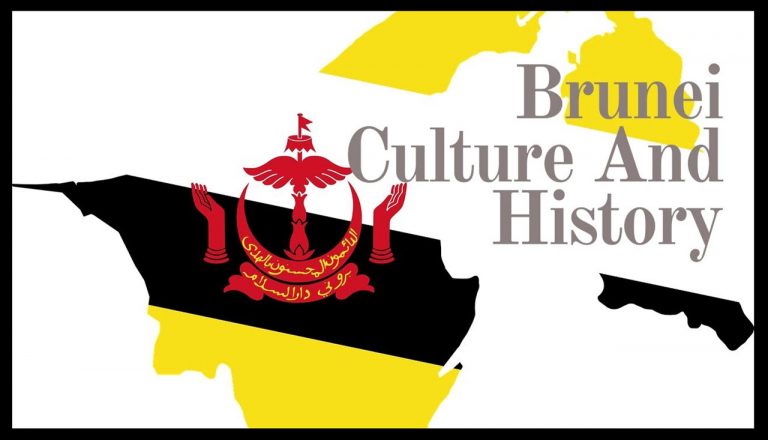Vietnamese Traditional Clothing
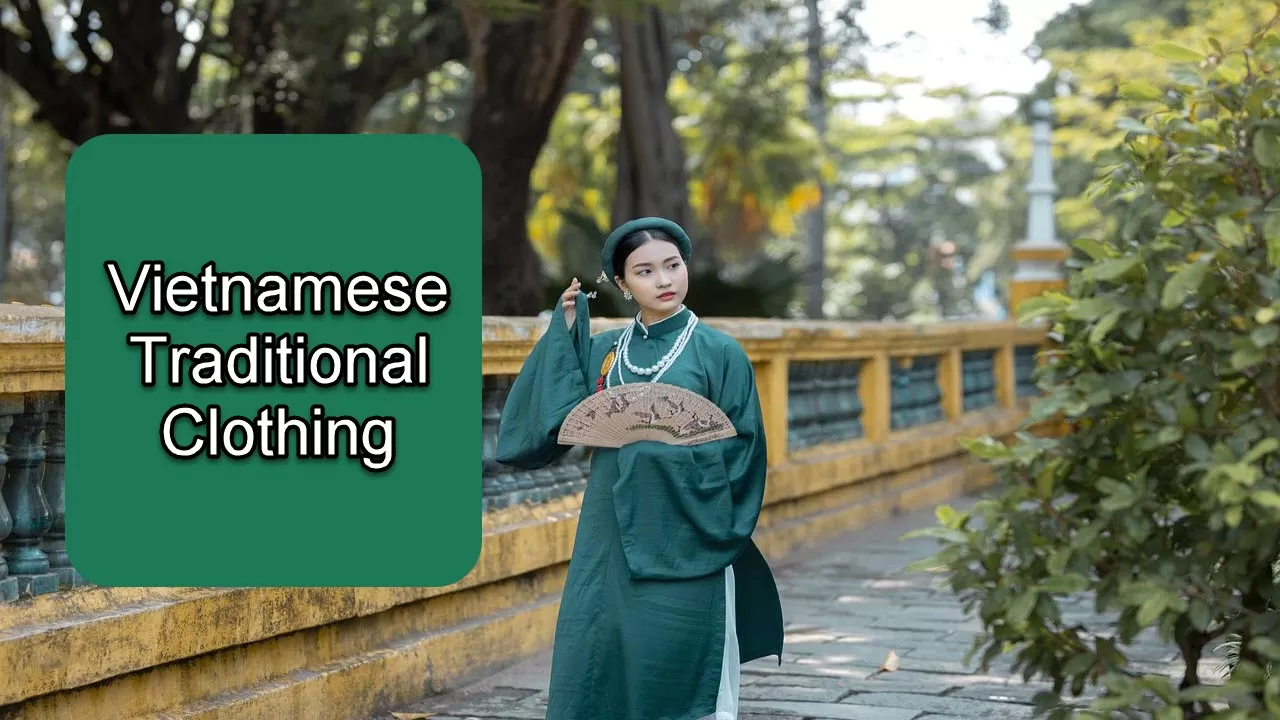
Have you ever wondered what traditional Vietnamese women and men dress like? Or what is their national costume or clothing style? Let’s take a look at the Vietnamese culture, especially their traditional clothing.
This article discusses about the traditional costumes of Vietnam. Scroll down and continue reading if you’re interested in learning more about Vietnamese traditional costumes.
Vietnamese Traditional Clothing

Overview
Trang phục Việt, Việt phục, also known as Vietnamese clothing, refers to the traditional costume worn by Vietnamese people, specifically the áo dài, the country’s unofficial traditional dress. Due to the wide and active cultural exchanges in which ancient Vietnam participated, the Vietnamese clothing contains both indigenous and foreign aspects, resulting in the formation of a distinct Vietnamese clothing style.
Vietnamese people usually wear clothes made in cotton. Northern Vietnam and southern Vietnam have different styles. In north Vietnam, many locals wear sandals constructed from discarded tire rubber. Many men and women in south Vietnam dress in western-style attire. The Vietnam traditional dress, ao dai is still worn by some ladies. The majority of women in rural areas wear loose white shirts with skirts. Men in rural areas also dress in western clothing. Vietnamese people prefer to dress in light attire. Rural women dress in loose-fitting dark slacks and shirts with brightly embroidered embroidery. Many girls and women in the cities wear the traditional Vietnam dress, ao dai, a long tunic with loose-fitting leggings.
Dresses and shirts are worn by an increasing number of urban women. Simple shirts and trousers are common among rural and working-class males. The majority of city males dress in Western-style clothing.
Vietnamese people nowadays frequently use western clothing known as Âu phục, but its popular name is simply Quần áo thường ngày.
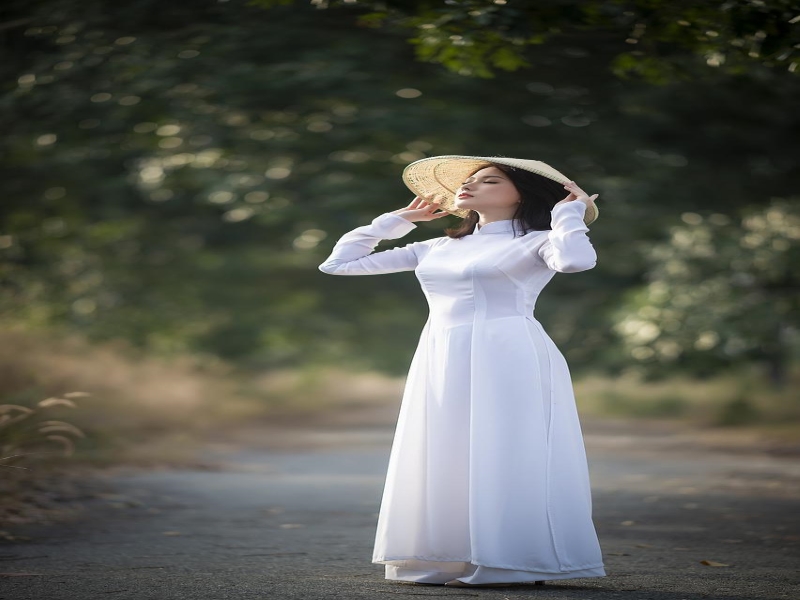
Ao Dai
One of the traditional Vietnamese dress is the áo dài. Vietnamese men and women can now wear áo dài on formal occasions in addition to suits and gowns. The traditional ao dai has a long, split tunic that’s worn over slacks. Ao means shirt in English and Dài refers to “long.” The phrase can be used to refer to any outfit that includes a long tunic, such as “nhật bình.”
The Nguyễn of Phú Xuân designed the predecessor of the Ao dài in the 18th century. The Áo ngũ thân, a five-paneled popular shirt worn in the 19th and early 20th centuries, derived from this ensemble. In the 1920s and 1930s, Nguyễn Cát Tường and other Hanoi artists recreated the ngũ thân into a modern version clothing, inspired by Paris trends.
The Ao Dai is also the traditional Vietnamese clothing for males. It’s a long silk tunic with a traditional snug collar that buttons down on the left side. The male tunic is worn with loose pants underneath and falls below the knees.
During formal occasions, such as weddings and ceremonial events, the men’s version of ao dai, or modified ao dai, is also worn. One of the few Vietnamese words found in English-language dictionaries is ao dai. The ao dai goes well with the nón lá and khăn vấn.
Due to its traditional appearance, which resembles Chinese-style clothing Ao ai is easily identifiable.
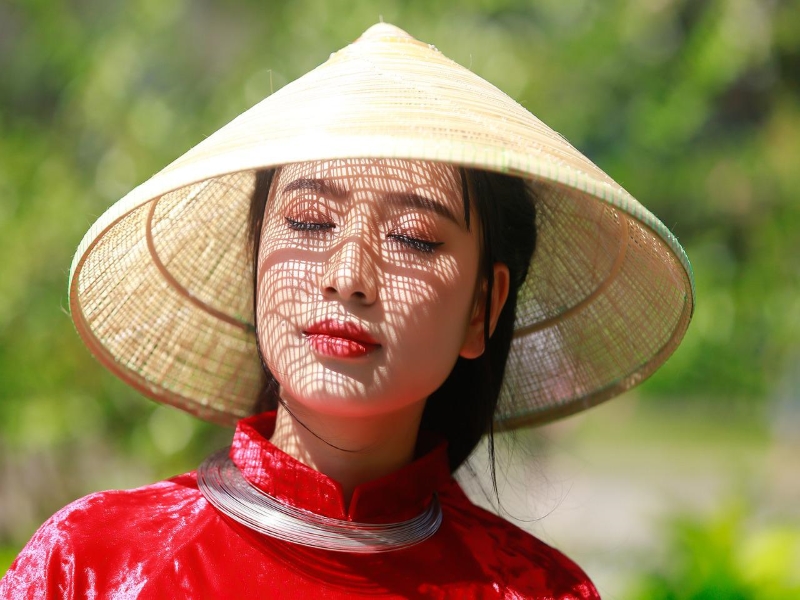
Non La/Conical Palm-Leaf Hat
Non La is a part of the Vietnamese women clothing. When visiting Vietnam, you may see that Non La is being photographed by local females as they walk down the street. This conical hat is extremely useful in the countryside in a tropical country like Vietnam. It shields farmers from rain and direct sunlight.
Non La, like many other traditional Vietnamese costumes, has its own story, which is based on a mythology about Vietnam’s wet rice culture. It is about a beautiful goddess descended from the skies to save humanity from a massive flood. She donned a massive hat composed of four round leaves sewn together with bamboo rods. That hat was so enormous that it protected the people from the rain and restored normalcy to their lives. A temple was built to honor the Goddess as the Rain-Defending Goddess after she passed away. The residents attempted to replicate the Goddess’s hat by going into the forest and gathering natural and readily available materials such as palm leaves, Moc tree bark, and bamboo to construct the Non La as we know it today. For rice farmers, boatmen and women on rivers, and local street merchants in big cities, the Non La has become a daily need.
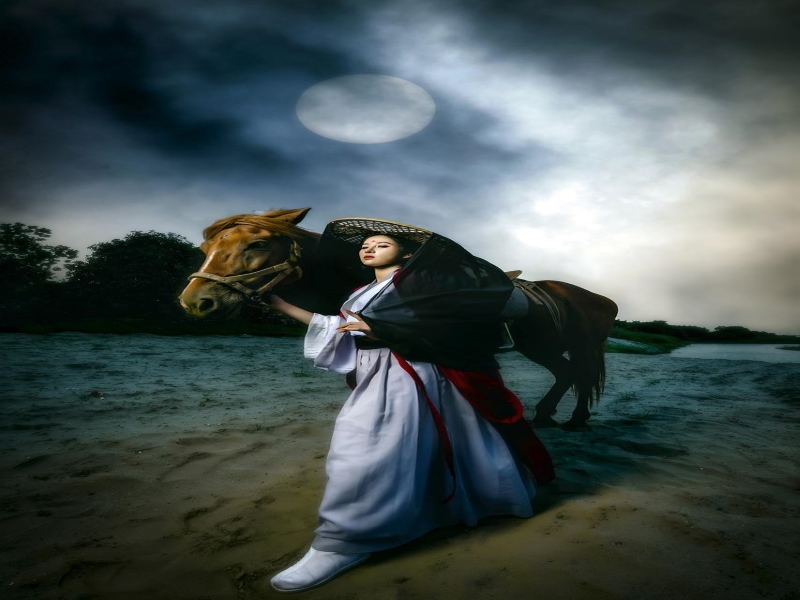
Ao Tu Than
One of the several Vietnamese traditional costumes called Ao tu than, is associated to Áo ngũ thân, which means “five-part dress.”
Women wore the Áo tứ thân for generations before they wore the áo dài. As Vietnam extended southern, áo tứ thân began to be linked with women from the north.
The áo tứ thân was a peasant woman’s attire in Vietnam, which explains why it was usually made of plain fabric in dark hues, unless it was for special occasions like festivals or weddings.
Despite of its many variations, the basic áo tứ thân is made up of:
A flowing outer tunic that nearly reaches the floor. It has a jacket-like front opening. The tunic separates at the waist into two flaps: a full back flap, which is made up of two sewed-together flaps, and two front flaps that are not sewn together but can be knotted together or left dangling. Under the tunic, a long skirt is worn.
Vietnamese women wore Yếm as undergarments in the old period. It is worn under the skirt and outer tunic and comes in a various fabrics and colors. A silk sash is also worn as a belt around the waist.
In the present-day Vietnam, Ao Tu Than is no longer widely used in the local daily life but can be found in several northern-related festivals and events with more vivid colors.
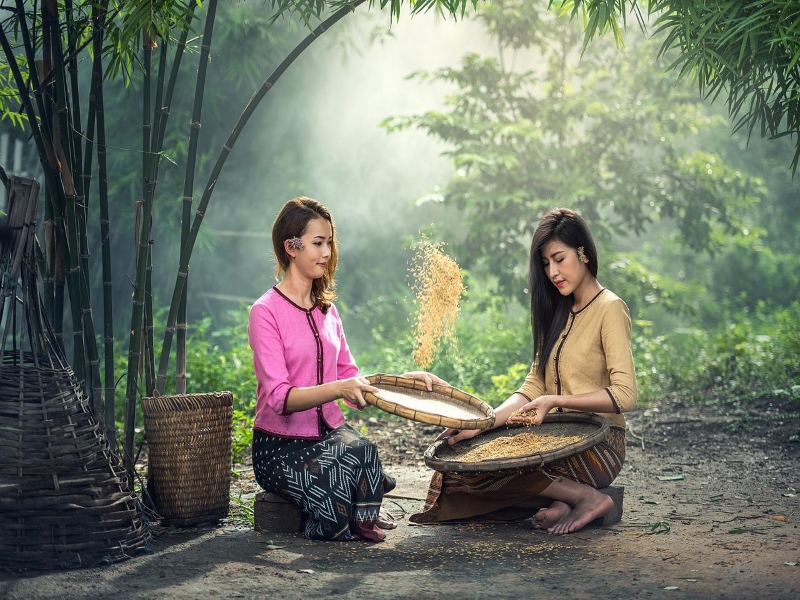
Ao Ba Ba
Ao Ba Ba is the traditonal clothing of southern Vietnam. The áo (shirt) is the top section of the garment that covers the torso. It is largely connected to rural southern Vietnam, particularly the Mekong Delta. The áo bà ba is a long-sleeved, button-down silk shirt with a scooped neck that is generally worn with silk slacks as a top and bottom combo. The shirt is long and divided down the sides at the waist, generating two flaps with two pockets.
The basic style of traditional Ao Ba Ba has been passed down through the centuries, however it has been updated to reflect current fashion trends. The new Ao Ba Ba for women has been closely stitched to envelop the body and emphasize the exquisite curves of a woman’s figure.
This elaborate shirt is easily identifiable since it is frequently worn with a checkered scarf, also known as bandana. While not sophisticated, this bandana can be black and white or brown and serves as a subtle emphasis for the wearer’s informal look.
Conical hat and bandana, along with Ao Ba Ba, defined the beauty and tenderness of the people in Southern Vietnam.

Traditional Clothes Of Ethnic Groups In Vietnam
Traditional Dress Of Thai Ethnic Group In Vietnam
In Vietnam, Thai ethnic group’s costume is elegant and discreet. The costume is basically a plain blouse and a long skirt with sun, flower, and dragon themes embroidered on it. Belts and Pieu scarves, as well as a few items of silver jewelry, make it perfect. Thai girls wear blouses with an even number of buttons, whereas married women wear blouses with an odd number of buttons.
Traditional Dress of the H’mong Ethnic Group in Vietnam
The H’mong hill group makes up roughly 1.2 percent of the Vietnamese population and is the eighth largest minority ethnic group in the country. They live in the mountainous regions of the north and west.
In Vietnam, the Hmong choose to dress in a more sophisticated, yet lively and colorful style with a bohemian flair. Their costume consists of linen and comes in various colors and embroidered patterns. A black blouse, a colorful skirt, leggings, and headpiece make up the ensemble. Silver beads and jewelry are frequently affixed to the women’s clothing to add an identity or specific styles and spirituality.
Traditional Clothing Of The Cham Ethnic Group In Vietnam
The Cham, who have long settled along the central Vietnamese coast, have a complex culture that is heavily inspired by Indian culture. Although Cham’s outfit is not as vibrant as other Vietnamese attire, it has its own characteristics and charming beauty.
Long one-piece sarongs or fabric wrappers are worn by both men and women. Females wear long-sleeved pullover blouses, while males wear shirts with buttons down the center. The waistband is wrapped around the waist and over the chest. Because of its outstanding design with golden iridescent hues and meticulous detail, it is the main focus of the outfit. The bright and elegant long costumes are worn by Cham women on important occasions such as the Kate New Year festival, the Ramuwan festival, marriages, and the celebration of females achieving adulthood. The only option for attending religious mass is the white one.
History Of Vietnamese Traditional Costumes
Vietnam’s clothing and textile history represents the country’s culture and tradition, which traces back to the Bronze Age, when people of various cultures lived in the country, as well as the Chinese’s lengthy dominance and accompanying cultural influence, as well as the brief French colonial control. The dynamic cultural exchanges that happened as a result of those foreign cultural influences had a great impact on the history of clothing in Vietnam, eventually leading to the creation of an unique Vietnamese clothing style, such as the Ao dài. Besides that, because Vietnam has a diverse ethnic population, there are numerous various clothing styles that reflect the ethnicity of the wearer.
Barkcloth, silk, and banana fiber cloth have all been used and made in Vietnam since earlier civilizations. Kapok and hemp were also commonly used prior to the introduction of cotton.
For at least a thousand years, the Chinese dominated in the north, while the Champa, an independent monarchy influenced by Indian culture, governed in the south. The clothing designs that emerged in Vietnam during this timeframe included both indigenous and imported foreign features; the upper classes were more easily impacted by foreign cultures than the common people. The higher classes of Vietnam in Northern Vietnam wore attire that matched Chinese fashions, and this style of clothing remained long after Chinese authority ceased under the independent kingdoms of Đại Việt and Champa.
Twentieth Century
Vietnamese people have been wearing fashionable foreign clothes since the nineteenth century. After the fall of Saigon, the ao dài was temporarily prohibited, but it was quickly reinstated. In Vietnam, high school girls wear it in white as part of their school uniform. Female receptionists and secretaries also wear it. Northern and southern Vietnam have different styles. The áo dài for men and women, and suits or sometimes áo gam (modified version of áo dài) for men, are the most common types of Vietnamese clothing nowadays.
Conclusion
Traditional Vietnamese costumes have been affected by western new styles and have been substituted by more modern and practical clothing styles, yet its charm and essential characteristics have been kept. Vietnamese people are very proud of their distinct wearing style and culture. And travelers continue to be drawn to this magnificent country by its charm.
